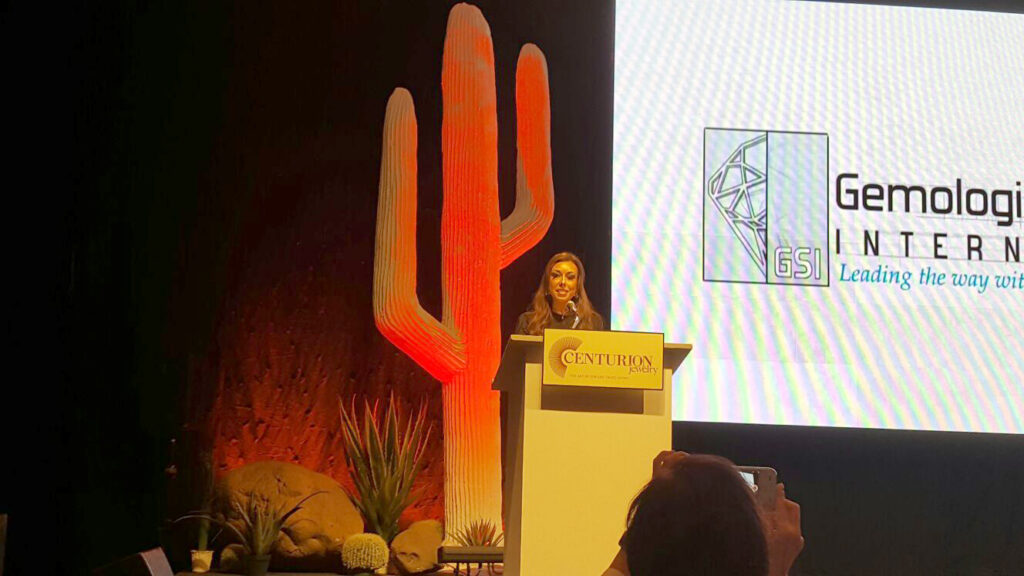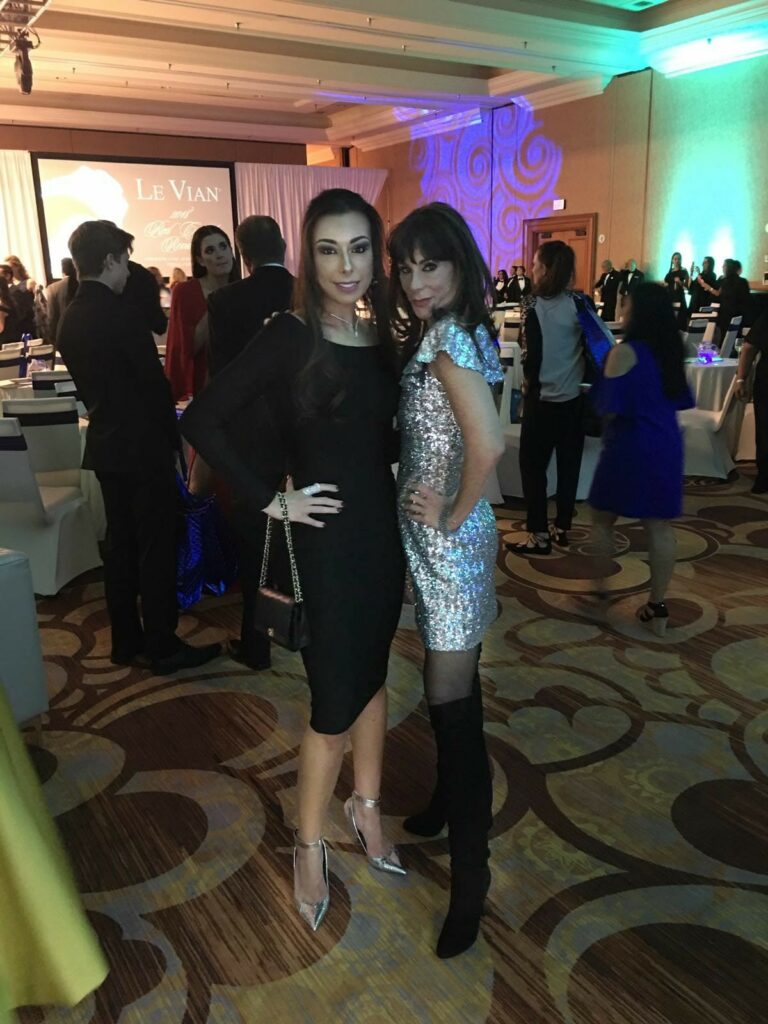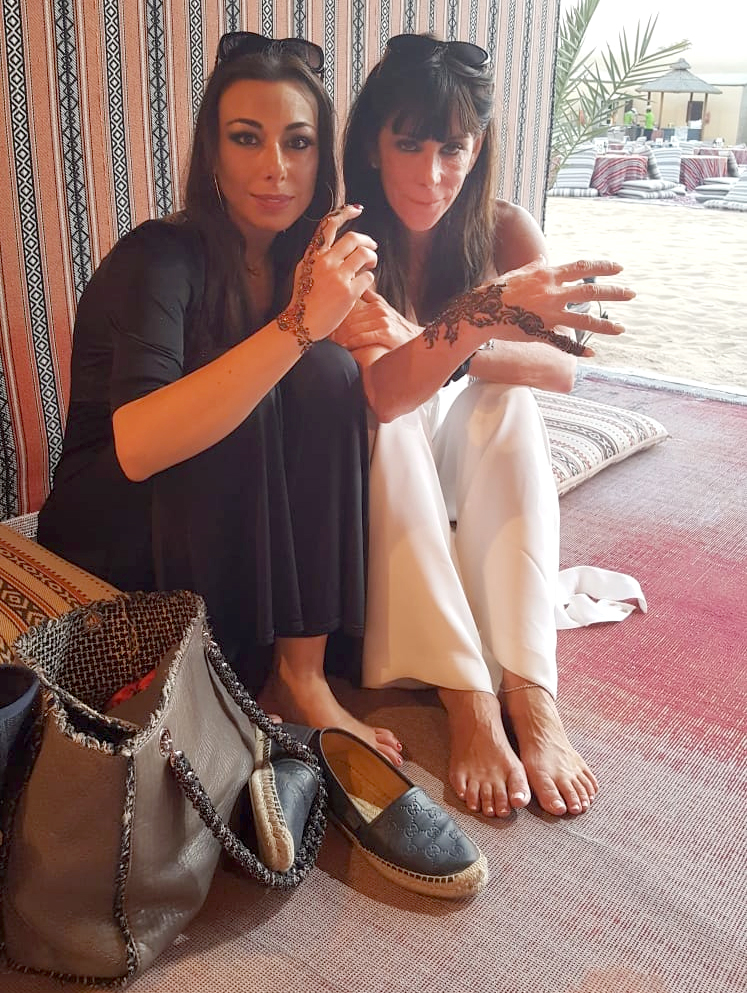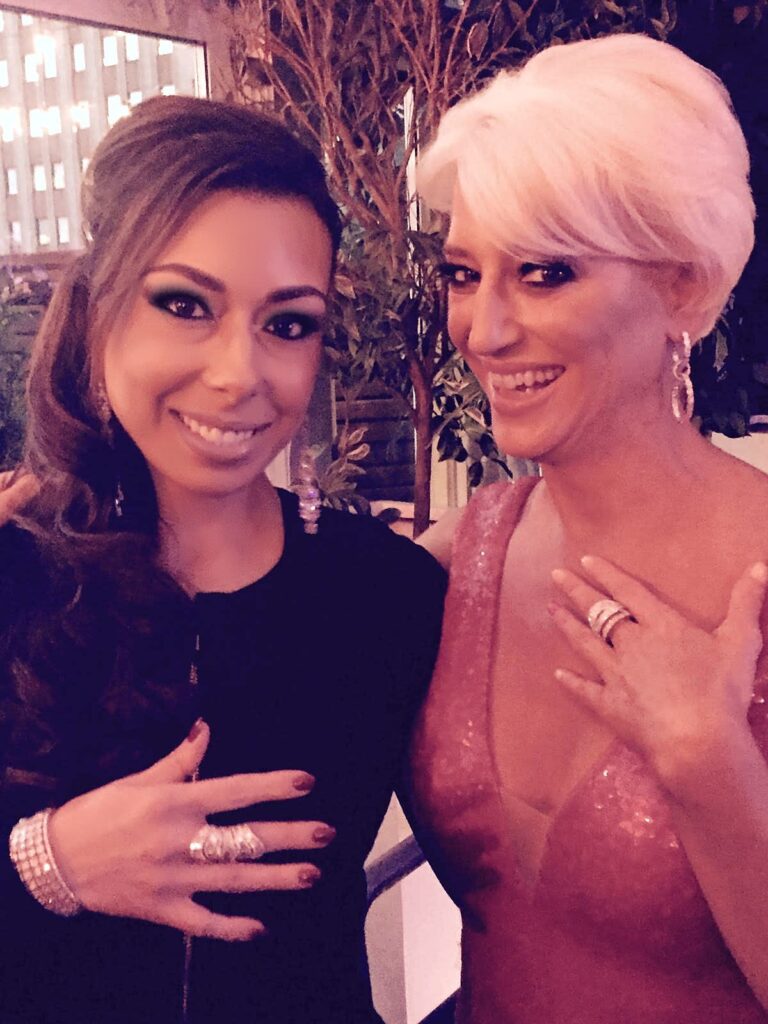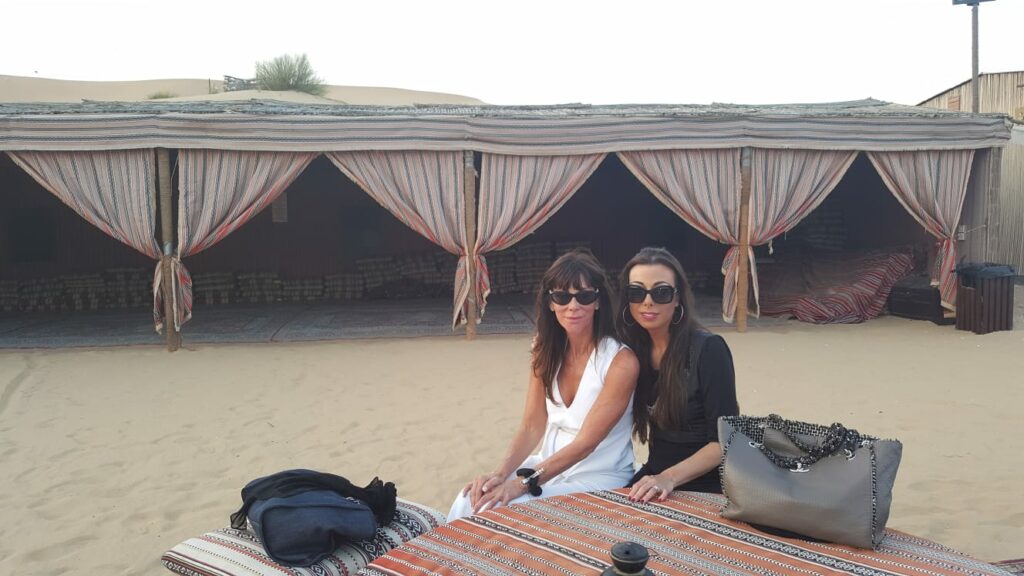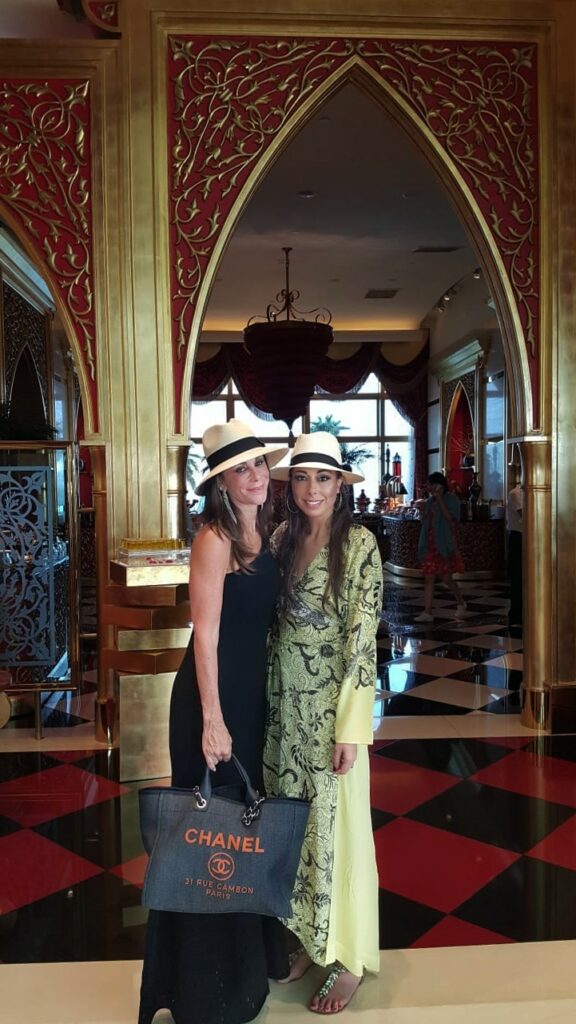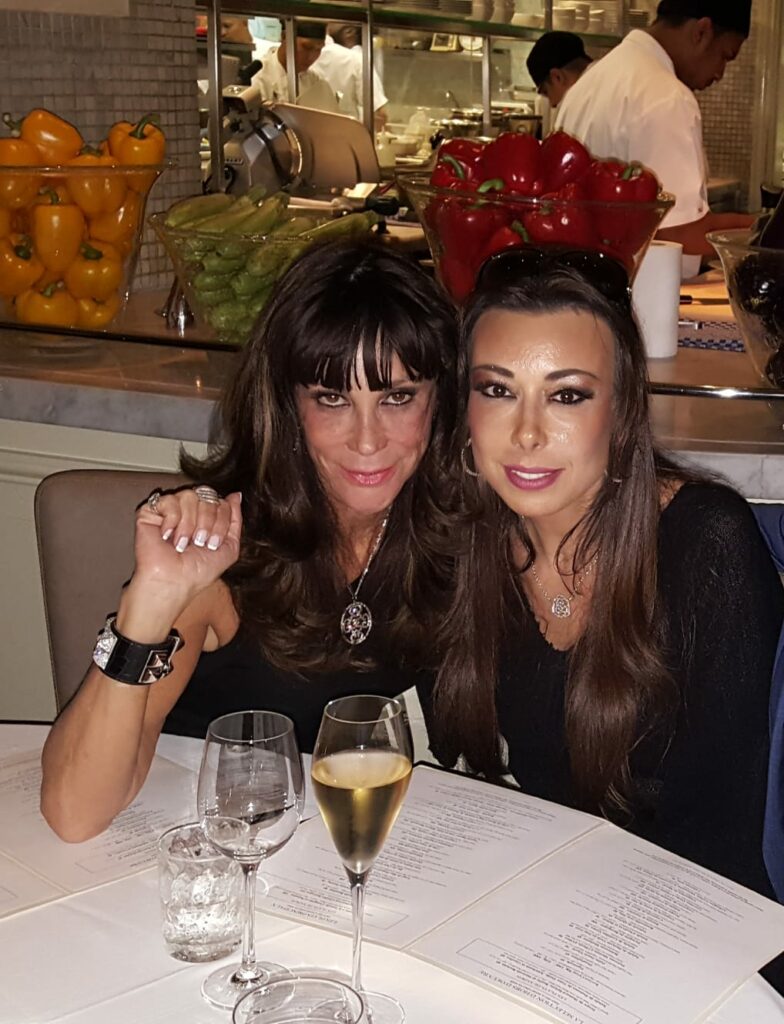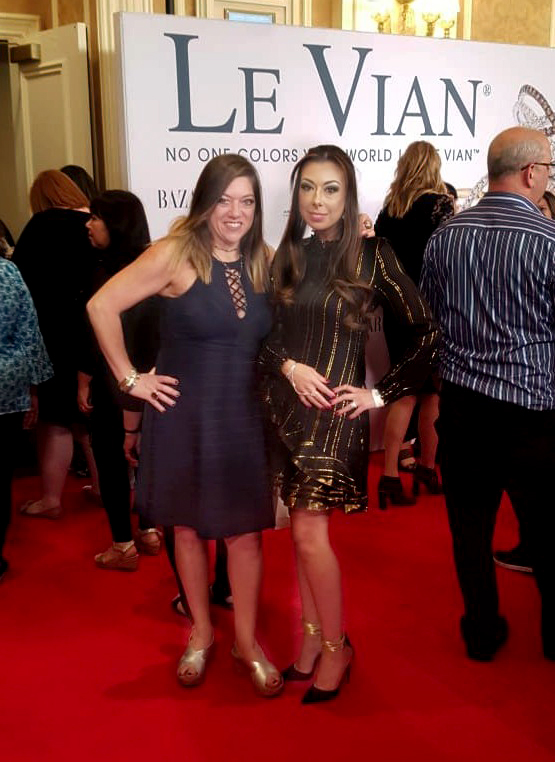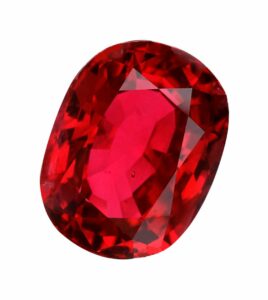
Rubies are a colored stone variety of the mineral Corundum, which is an aluminum oxide. It is also known as “Ratnaraj” or “the King of Gemstones.” The English name “ruby” derives from the Latin word “ruber” meaning red. Since corundum is colorless, the transition metal chromium which is part of the crystalline structure of the stone gives it the red color.
The value of rubies are primarily determined by their color. Rubies are available in the color ranges from bright red to dark reddish-brown. The most prized rubies are that of a deep pure vivid red hue.
Ruby is the birthstone for July in the English calendar and represents love, energy, and passion.
Formation
Rubies are found in metamorphic rock types by locations of very high pressure and heat. They also exist in alluvial deposits.
Localities
Locations where rubies may be found include Afghanistan, Kenya, Madagascar, Myanmar (Burma), Sri Lanka, Tanzania, Thailand, and Vietnam.
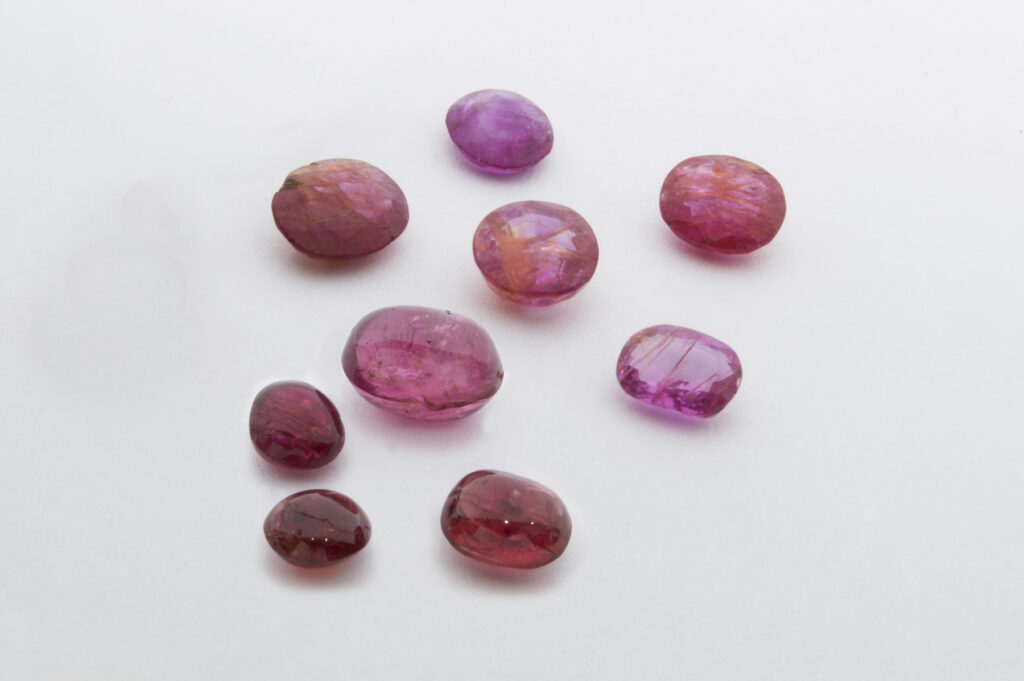
Properties
Ruby is a relatively hard and scratch-resistant gemstone. It stands at 9.0 on the Mohs scale of relative hardness. The ruby also has excellent toughness, meaning that it is very resistant to being broken or chipped. Therefore, it makes a great choice for daily wear, especially in rings.
Common Treatments and Enhancements
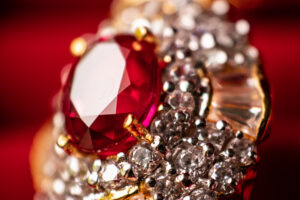
To improve the quality of color and/or clarity appearance, rubies are commonly heat-treated or lattice diffused. A coloring agent may be used to add the red color to the corundum. Another possible method of treatment is fracture filling with oil or resin. This also improves the clarity and overall appearance by hiding fractures.
Quality Factors
Three important factors that affect rubies’ value are color, clarity, and the quality of cut. Rubies with high clarity and a rich color are very sought out and are the best in the industry.
Ruby Lookalikes or Simulants
Spinel, red glass, rubellite (red tourmaline), and almandine-pyrope garnets.
Care and Caution
Avoid using direct heat and acids if the ruby has been fracture filled. Completely avoid using ultrasonic and steam cleaners if the stone has been fractured or cavity-filled. Ultrasonic and steam cleaners are usually safe for untreated and heat-treated stones. Avoid polishing coated stones, as the color may actually be removed by this process. All color and heat treated stones should only be cleaned with a damp cloth.
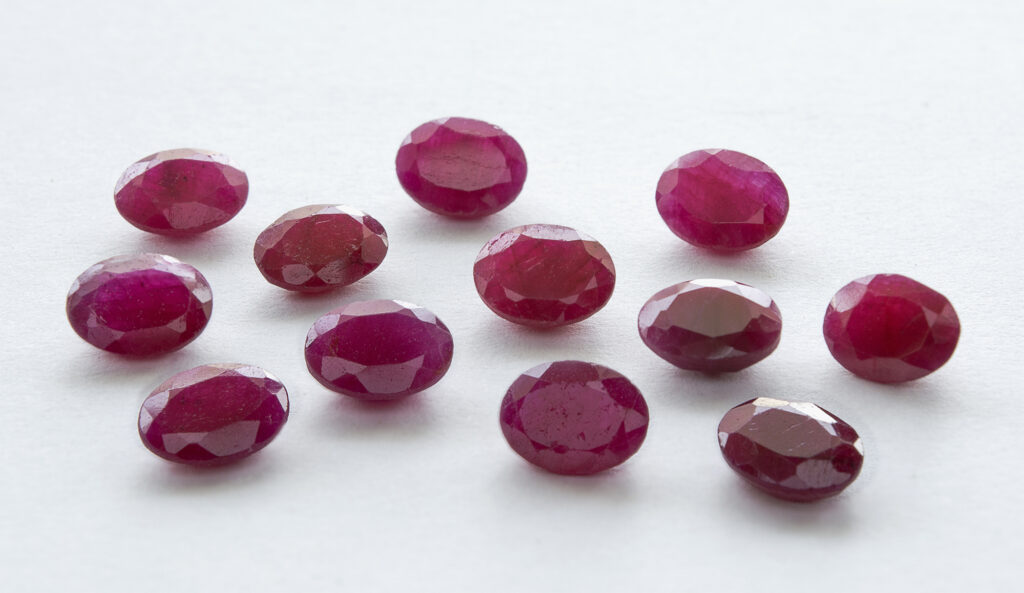
Summary
Since ancient times, Rubies have been one of the most prized stones in the jewelry industry. Their continued global demand is a testament to their beauty and red hues, also internal characteristics. Most rubies require one or more treatments and special care in wear and handling. It is very important for consumers to be aware of the quality and characteristics of a valuable ruby. For this purpose, a reputable gem lab like Gemological Science International (GSI) who is experienced in colored gemstones is essential.
About The Author
Debbie Azar is the Co-Founder and President of Gemological Science International (GSI), one of the largest gemological organizations in the world, and a distinguished leader in the global diamond and jewelry industry. As an executive with extensive knowledge of the jewelry and gem lab industries, her entrepreneurial skills and vision have helped GSI achieve rapid and continuous growth worldwide, establishing 13 leading-edge gemological facilities on four continents. She currently serves on the boards of the Jewelers Vigilance Committee, Responsible Jewellery Council, and Jewelers for Children, and is a member of the 24 Karat Club of New York. She has been featured in Forbes, Daily Mail, Good Morning America, Bloomberg, Bloomberg Businessweek, Fox Business, Fox5, CBS2, BOLDTV, Varney&Co, The Street, and NASDAQ, among others.











